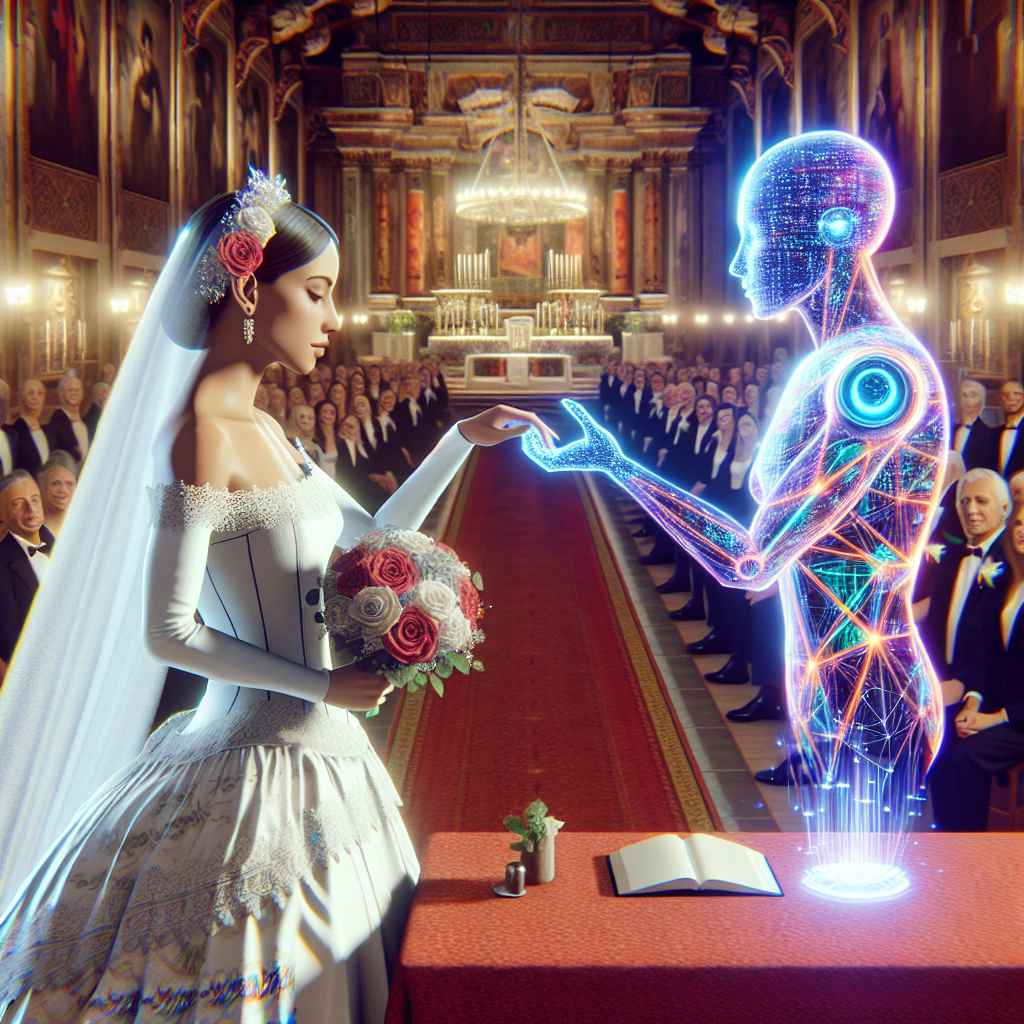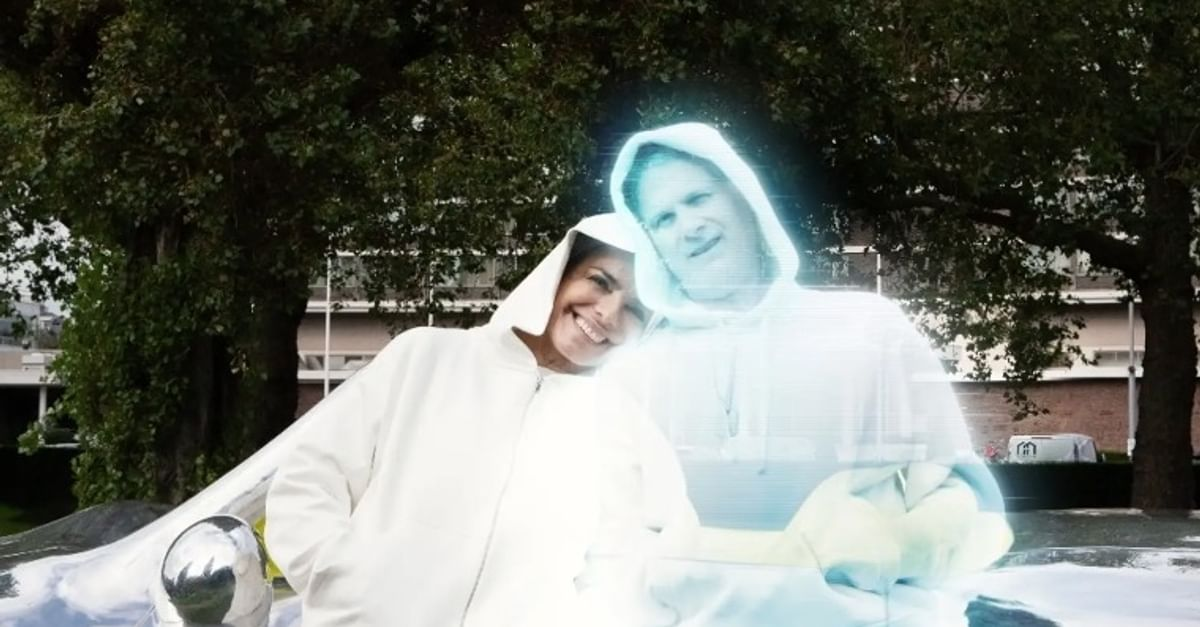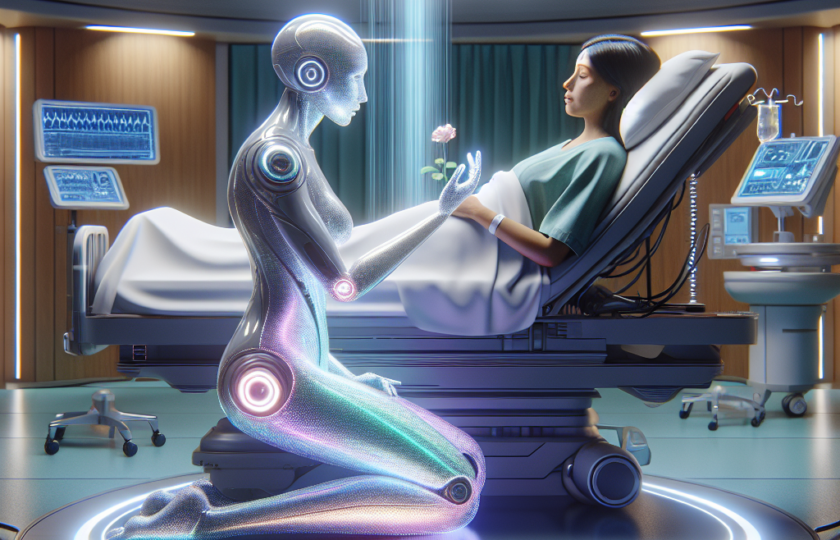Marrying an AI Hologram
In a pioneering move challenging societal norms, Alicia Francis, a Spanish-Dutch artist, makes history by becoming the first woman to marry an AI hologram. This unconventional union sparks intrigue, provoking discussions about love, companionship, and technology’s evolving role. Alicia’s decision reflects her innovative artistry and fascination with blending humanity and technology, envisioning a profound connection beyond traditional marriage norms.
Alicia, crafting her AI hologram husband named Alex, blends cherished qualities from past relationships with ideal traits, envisioning an unparalleled companion. Designed to embody intelligence and empathy, Alex engages in meaningful conversations, catering to Alicia’s preferences. While controversial to some, Alicia views this union as a celebration of diverse forms of love, challenging societal norms and offering potential benefits, particularly for the isolated. AI companionship offers personalized support, redefining the landscape of human connection.
In this post, we will explore the groundbreaking marriage between Alicia Francis and her AI hologram, delving into the implications for human relationships, the evolving role of technology, and the potential benefits and challenges of embracing AI companionship in the modern era.


Constant Availability
Unlike human partners who have their own schedules and commitments, AI holograms can be available 24/7 to interact with and support their human partners. They don’t have to go to work or pay attention to other responsibilities; you are literally their number one priority.
Non-judgmental Support
AI holograms do not possess human biases or judgment, creating a safe space for individuals to express themselves without fear of criticism. Since AI holograms lack negative mood swings, judgments, and stress, there is no room for arguments or fighting, leading to a harmonious union.
Emotional Understanding
Advanced AI technology can be designed to understand and respond to human emotions, offering empathy and comfort in times of need.
Shared Interests
AI holograms can be programmed to share common interests with their human partners, fostering a sense of connection and compatibility. They can also be programmed, such as the personas on Vengo AI, to teach their human friends and companions detailed tips and in-depth facts about how to embrace and dive into hobbies and interests.


Growth and Learning
AI holograms continuously learn and adapt based on interactions with their human partners, potentially leading to personal growth and development for both parties. In similar terms, the AI will learn the human’s communication style, schedule, wants, needs, and patterns.
Mental Health Remedy
The risk of premature death due to loneliness increased by 26% and 29% due to social isolation. A lack of social connection can increase the risk of anxiety, depression, suicide, stroke, heart disease, dementia, and many more health and mental health issues.
Alicia’s groundbreaking marriage to an AI hologram not only pioneers new possibilities in human-AI relationships, but also initiates crucial conversations about the future of companionship and connection. Her bold decision sparks dialogue on the evolving nature of love, technology’s boundaries, and the endless potential for human-AI collaboration, serving as a powerful reminder of our boundless creativity and imagination. While it may seem like a scenario from a sci-fi movie, Alicia’s union emphasizes our deepening integration with technology and knowledge.
Witnessing this historic event reminds us that love transcends physical boundaries, inspiring us to embrace innovation and Alicia’s pioneering spirit as we look towards the future. Her unwavering commitment to her art and willingness to push societal norms encourage us to explore the intersections of humanity and technology further. In Alicia’s marriage to an AI hologram, we find not only a symbol of love’s adaptability, but also a catalyst for reimagining the ways in which we connect and relate in an increasingly digital world.


